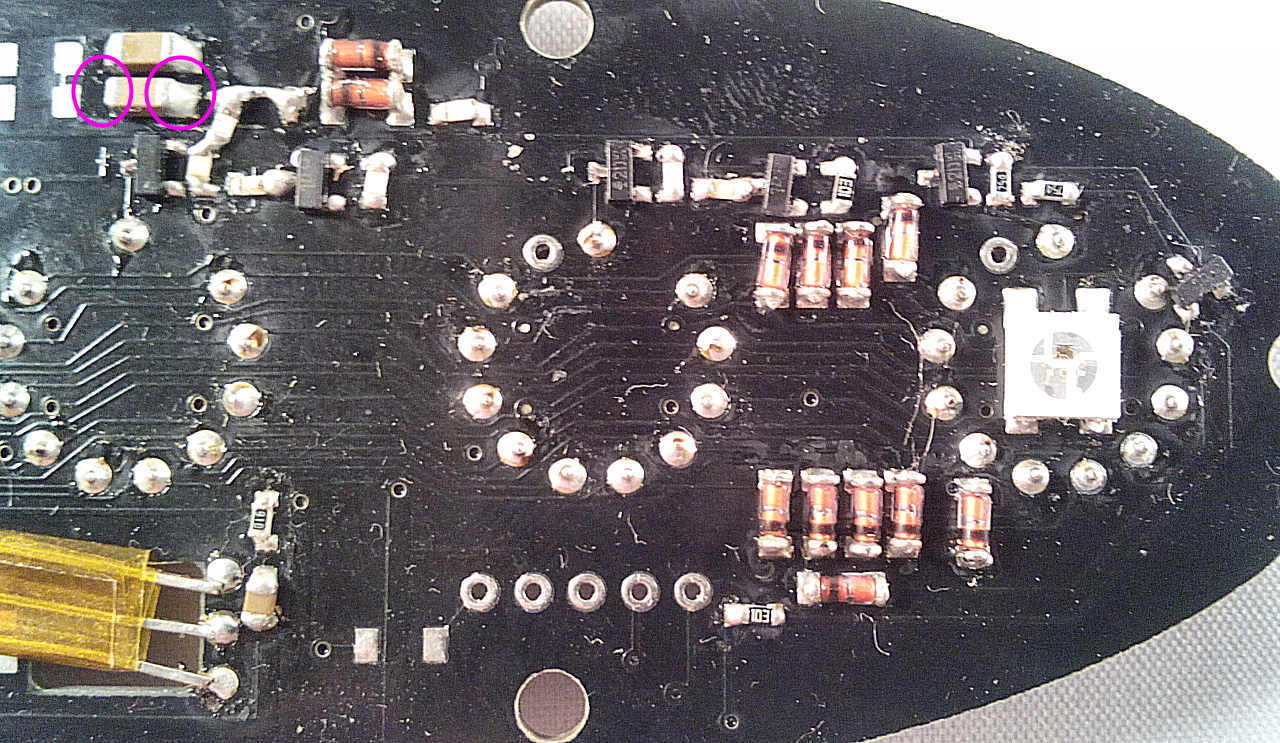
Repeat the test with the meter now set on a 200V+ voltage range, the reading this time should stabilise around 160-170V.
If everything worked OK disconned the coil wires so you can work on the PCB again - it's time to fit the PIC and nixie sockets.

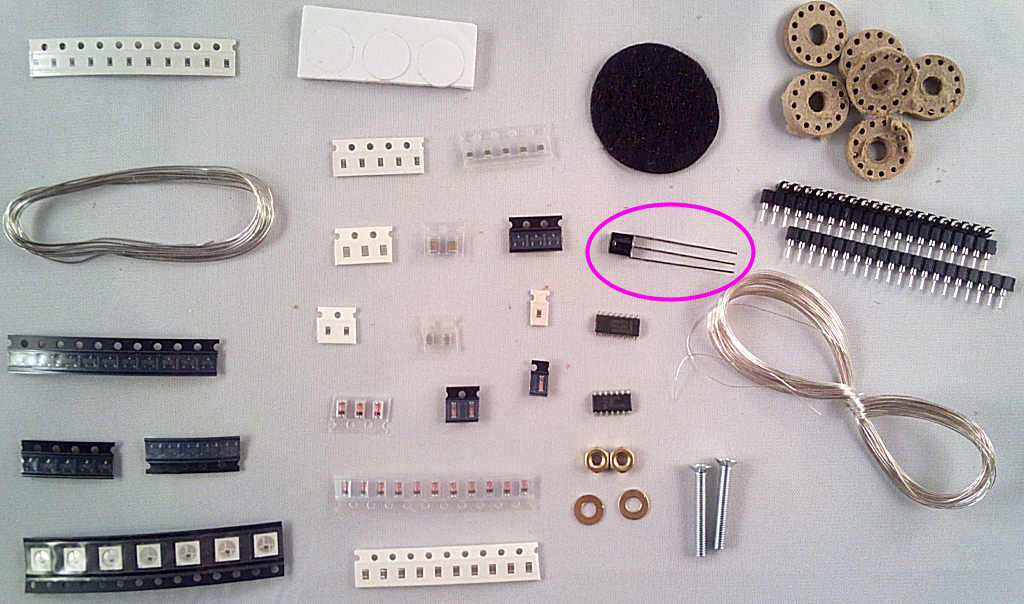
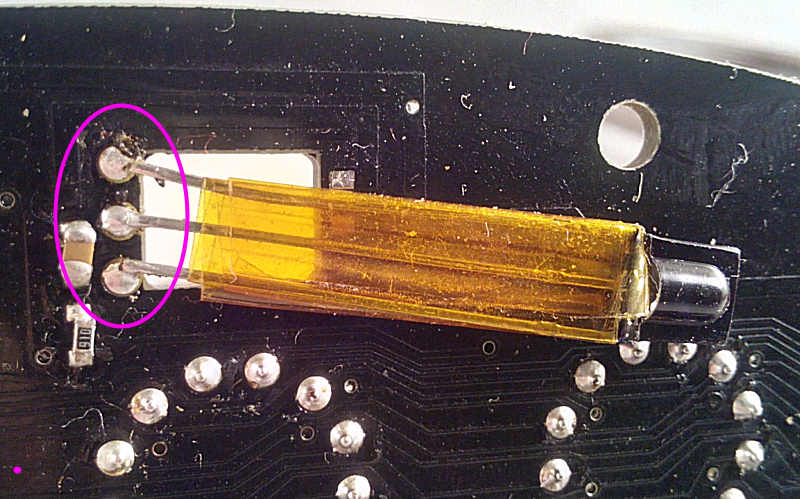
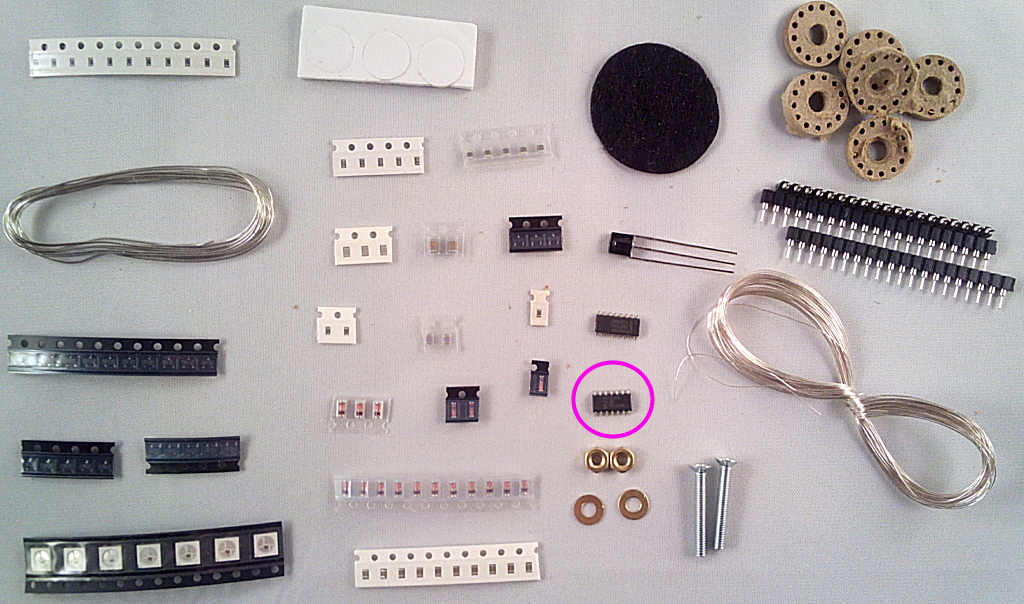
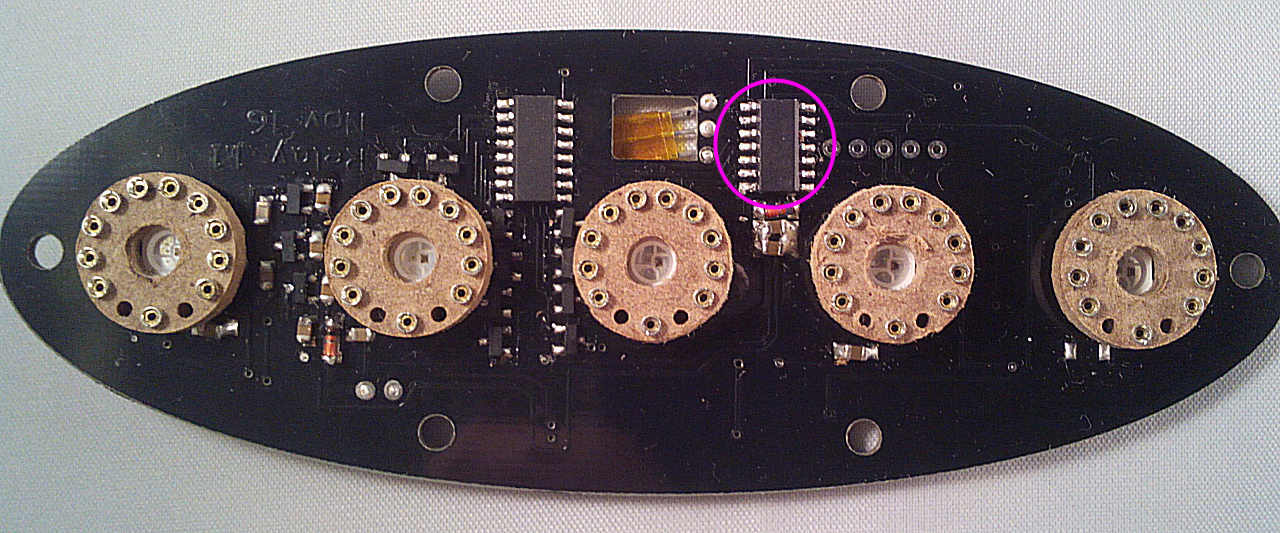
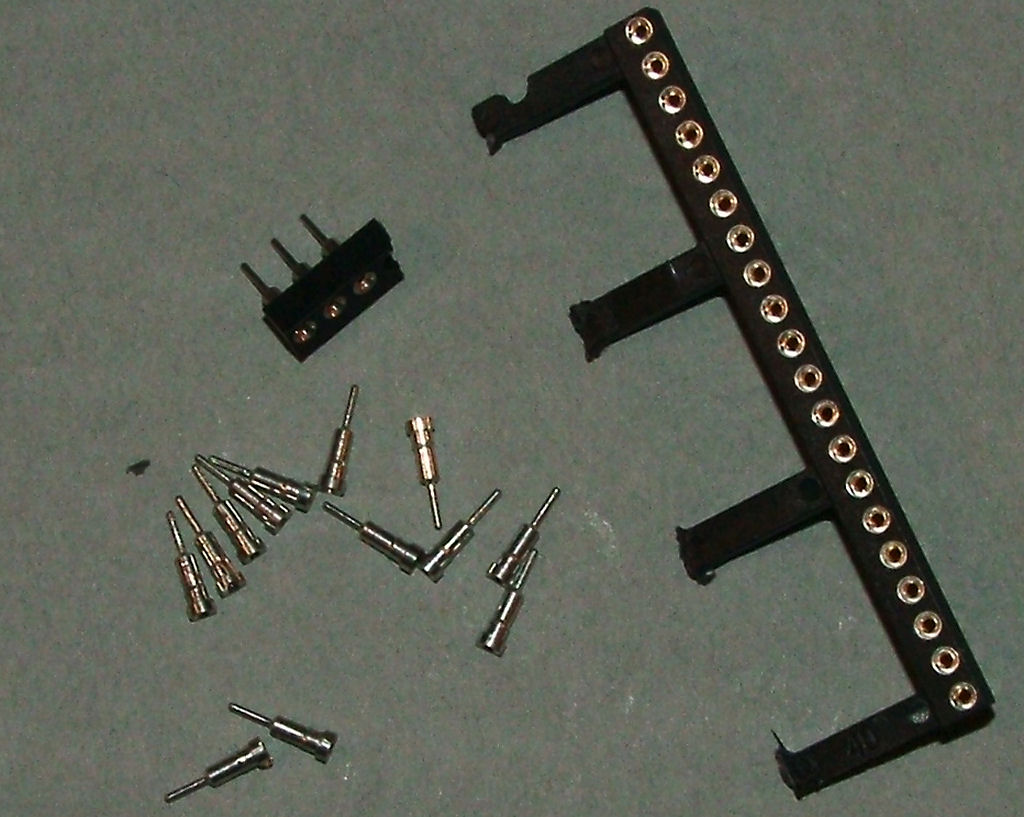
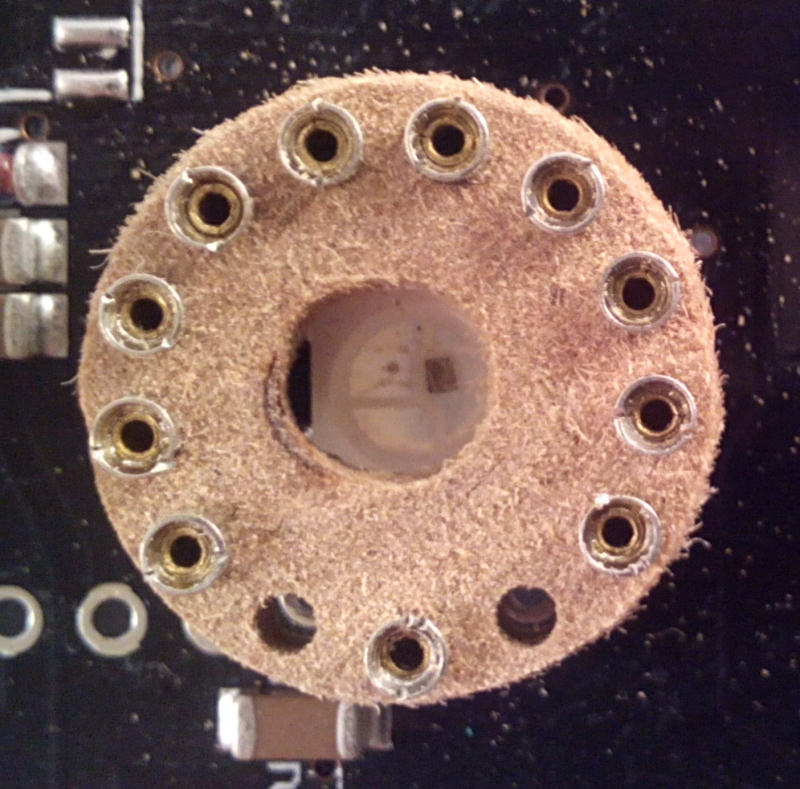
I'm afraid that what with the black solder resist, rather hairy PCB and shiny photo I can't positively identify the track you're referring to ... any chance of a picture of just the cut without any components obscuring it?Tony wrote:Now a modification before going any further. There's a track connecting the HV capactiros to the main HV rail running between the MMBTA92 transistors here:
It's under the resistor in the picture but you can see where the PCB has been cut. Cut through this track as it's now connected to the HV supply by that resistor.
Yep, much clearer, thanks... Might I suggest an edit to the original text... The HV rail seems to run along *above* the transistors and I was taking "between" to mean "through the middle of" and not "shared amongst" so I was confused as the track that runs through the middle of the transistors isn't isolated by any cuts in the area highlighted.Tony wrote:This should help: